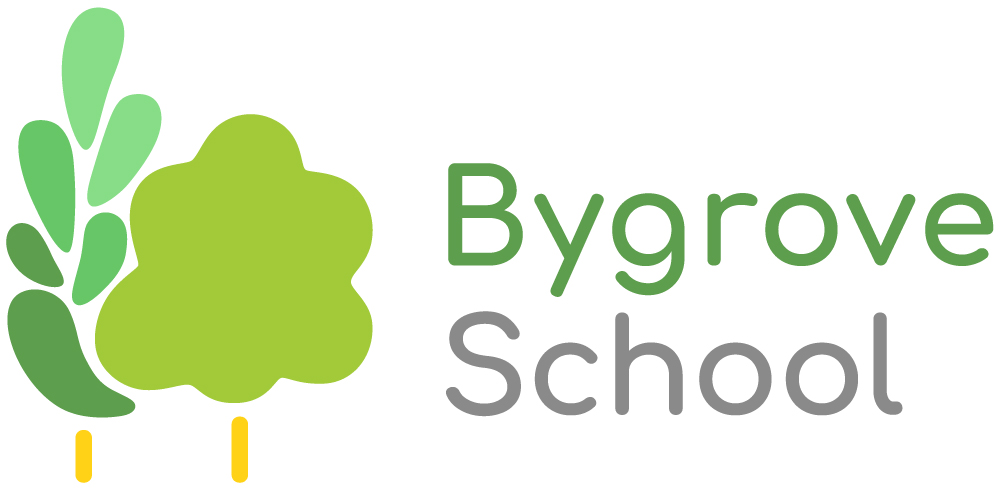Josephine Baker Class

Year 3’s class name is inspired by Josephine Baker, a singer, dancer and actress, who is best known for her performances in Paris. Later on in life, she returned to America and became an activist. She refused to perform to segregated audiences and made a speech to over 250,000 people sharing the freedoms she had in France. All in the hope that these freedoms would soon come to the United States.
On the first day in September we walk into our Y3 classroom, we find it transformed! There’s a Viking Longboat in it for a start, complete with oars & red & white sails. This term’s learning is all about those people who chose to invade these islands many hundreds of years ago & those who chose to stay & make their lives here. There’s lots of dressing up to fire our imaginations & the room is littered with ancient artefacts.
We learn about where the Vikings, Romans and Anglo Saxons came from and when they arrived in Britain so we can put them on a timeline. Why did each group invade? Why did they choose to stay? How did they live? What did they believe? What did they eat? And what was it like to be a child living at the time? History sometimes seems to have more questions than answers. Luckily, we love questions.
We learn about some of our invaders’ most famous leaders & our most famous homegrown resistance fighter – the Iceni Queen, Boudicca. Most importantly we learn how the arrival of these ‘invaders’ changed Britain; what the Romans did for us, you might say!
But it’s not just history – all our work is set in the context of invaders & settlers. In geography, we use maps to track the migration of Vikings, Romans and Anglo Saxons & to locate countries and regions of the UK.
We write narratives about the Warrior Queen & recounts of our Now Press Play Roman experience & we create a book for the reading corner of non-chronological reports about the different invaders. We have Viking problems to solve in maths & learn how to use Roman numerals.

We kick off the topic with an amazing visit to the Museum of London & sometimes even to the National Maritime Museum in Greenwich to learn more about our seafaring forebears.
By the end of the term we have explored & woven textiles, conducted digital research & even invaded Bygrove!
This term’s learning is driven by science & it’s all about us – humans; what makes us so amazing & complex & frail & beautiful. Our room tells the story of the human body but there are also displays of some real superhumans – people like Helen Keller & Louis Braille, like Ludwig van Beethoven & Stephen Hawking, all of whom overcame significant physical barriers to achieve something that changed the world. We’ll learn about these people in history & we’ll track where they came from in Geography.
In music, we’ll have a closer listen to Beethoven as we start to explore classical music. We’ll need our ears, too, for that most uniquely human activity – communication. In Spanish, we’ll be exploring the patterns and sounds of language through songs and rhymes & learning how to wish each other a happy birthday!

We understand that, unlike plants, the human body does not make its own food & so how vitally important it is that we nourish it well. We learn about how we see, how we hear & how we age. We learn how exercise affects our bodies and why our hearts and lungs are such important organs.
We come to understand how precious a gift our bodies are & commit to looking after them.
During the summer, we enjoy the lush green leaves both outside and inside when we learn about the rainforest. Our classroom becomes one of the most precious, breath-taking & fragile environments on Earth – the Rainforest & our job is to figure out how to protect & defend it for future generations. There are animals & insects everywhere; the ceiling is hung with vines & the walls become the green forest all around.
We write stories inspired by The Great Kapok Tree & information pages about our favourite animals found in the rainforest; our maths problems involve saving the creatures that live there too. We learn about living things and how they are grouped & the names & functions of the different layers of the forest & the parts of a plant. We do experiments growing plants in the darkness & in the light & make rainforest soundscapes.

We go to London Zoo which is just incredible as we get to see a sloth!
By the end of the term, we have learned to stand up for the rainforest; we have appealed to the world to ‘Save the Rainforest’ & we have made masks inspired by the Mayans and learn how to weave when an expert visits our class!


